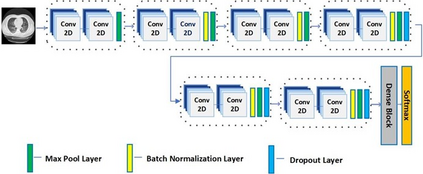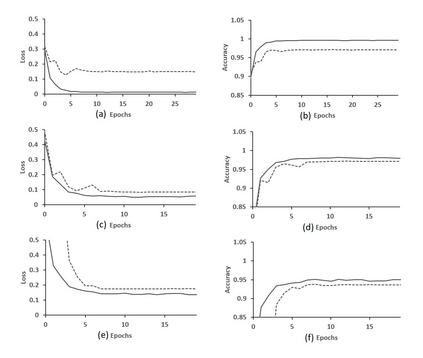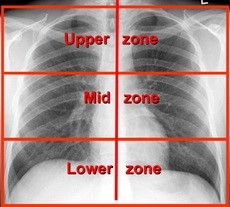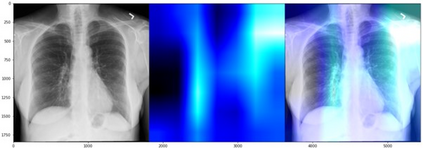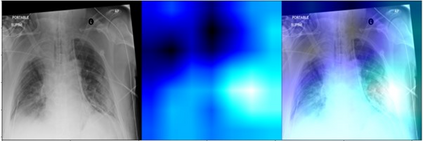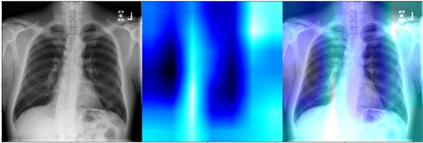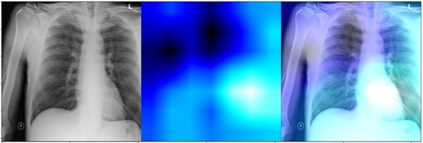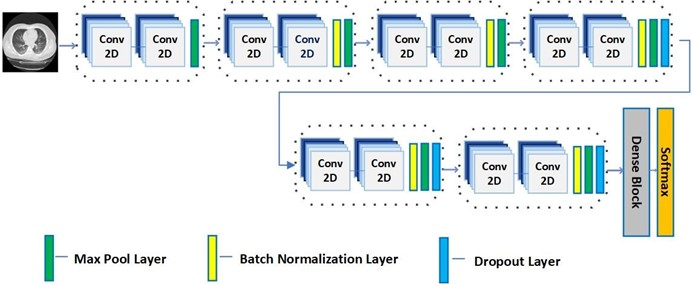Deep learning (DL) analysis of Chest X-ray (CXR) and Computed tomography (CT) images has garnered a lot of attention in recent times due to the COVID-19 pandemic. Convolutional Neural Networks (CNNs) are well suited for the image analysis tasks when trained on humongous amounts of data. Applications developed for medical image analysis require high sensitivity and precision compared to any other fields. Most of the tools proposed for detection of COVID-19 claims to have high sensitivity and recalls but have failed to generalize and perform when tested on unseen datasets. This encouraged us to develop a CNN model, analyze and understand the performance of it by visualizing the predictions of the model using class activation maps generated using (Gradient-weighted Class Activation Mapping) Grad-CAM technique. This study provides a detailed discussion of the success and failure of the proposed model at an image level. Performance of the model is compared with state-of-the-art DL models and shown to be comparable. The data and code used are available at https://github.com/aleesuss/c19.
翻译:由于COVID-19大流行,最近对Chest X射线(CXR)和光谱成像(CT)图像的深入学习(DL)分析引起了许多关注。进化神经网络(CNNs)在接受过关于巨量数据的培训后,非常适合进行图像分析任务。为医学图像分析开发的应用要求与任何其他领域相比高度敏感和精确。为检测COVID-19声称具有高度敏感度、回顾但未能在对不可见数据集进行测试时加以概括和进行。这鼓励我们开发CNN模型,分析并理解该模型的性能,通过利用使用(高级加权级动作绘图)梯度-CAM技术生成的班级启动地图对模型的预测进行视觉化分析和理解。这项研究详细讨论了拟议模型在图像层面的成败。模型的性能与最新DL模型进行比较,并显示其可比较性能。在https://github.com/aleuss19/c中可以找到使用的数据和代码。

